Copyright © 2021 Kunshan Yuhuan Package Materials Co., Ltd. All rights reserved.
- 86 0512-50336235
- lulu@suzmc.com
- Sitemap
Muscle pain can be a common complaint, whether it stems from intense physical activity, overuse, or injury. While there are various methods to alleviate muscle pain, one popular and effective approach is the use of therapeutic tapes. These tapes, often referred to as kinesiology tapes, have gained popularity in recent years due to their potential benefits in managing muscle discomfort. In this article, we will explore the different types of tapes used to treat muscle pain and how they can aid in the recovery process.
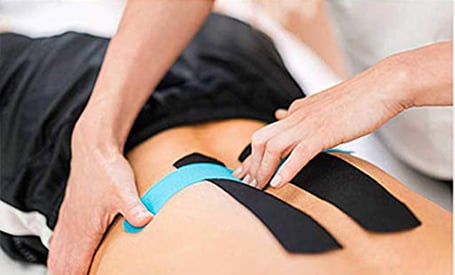
Muscle pain is a common issue experienced by people of all ages and lifestyles. Whether it's caused by strenuous exercise, repetitive motions, or even poor posture, muscle discomfort can hinder daily activities and affect overall well-being. Seeking effective pain management techniques is crucial to promote recovery and regain optimal function. Therapeutic tapes offer a non-invasive and drug-free solution to address muscle pain and support the healing process.
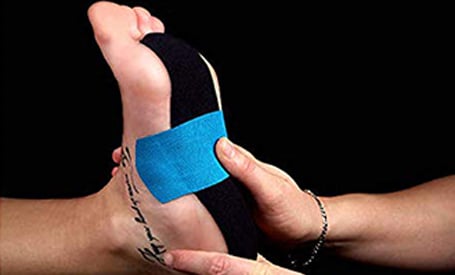
Therapeutic tapes are specialized adhesive tapes that are designed to provide support, alleviate pain, and promote proper movement in muscles and joints. They are commonly used in sports medicine and rehabilitation settings but have gained popularity among athletes, fitness enthusiasts, and individuals seeking relief from muscle pain. These tapes are made from lightweight, breathable materials that mimic the elasticity of human skin.
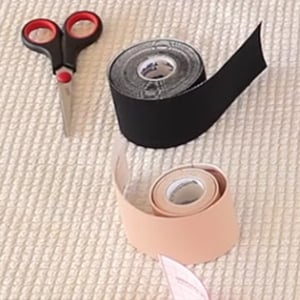
Therapeutic tapes work by exerting gentle pressure on the skin and underlying tissues, which helps to support muscles and joints. They are designed to lift the skin slightly, allowing for improved blood circulation and lymphatic drainage. The tapes also provide proprioceptive feedback, which can enhance body awareness and promote correct movement patterns. By offering structural support and reducing excessive movement, therapeutic tapes aid in pain management and muscle recovery.
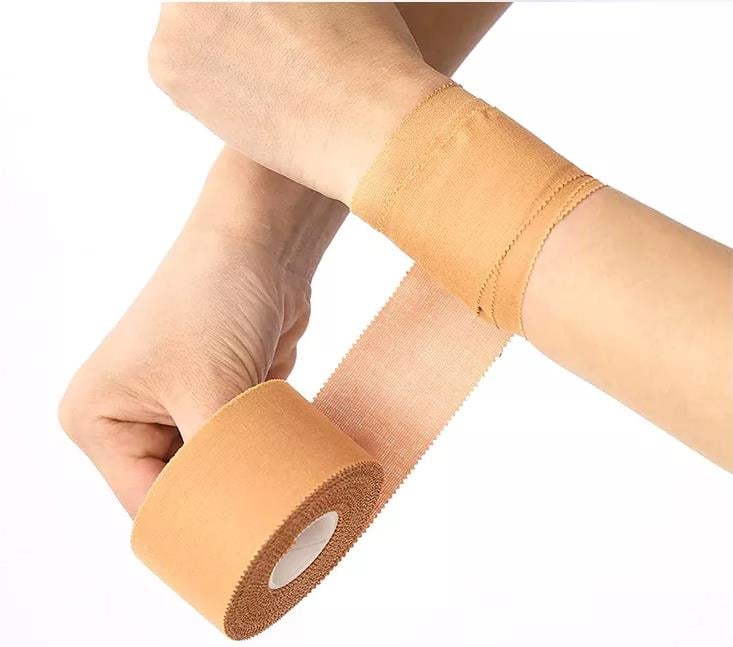
There are many different types of tapes used for physical treatment of muscle pain. Different tapes are needed for different locations of muscle pain. Common tapes are: Athletic Tape, Kinesiology Tape, Elastic Tape, Cohesive Bandage, Zinc Oxide Tape.
Below I take you through the differences between the 5 types of physical therapy tapes.
Athletic tape is a rigid tape that provides excellent stability and support. It is commonly used in injury prevention and management, particularly for joint stabilization. Athletic tape restricts excessive movement and helps to prevent further damage during physical activities. However, it is not as flexible as other therapeutic tapes and may restrict range of motion in certain situations.
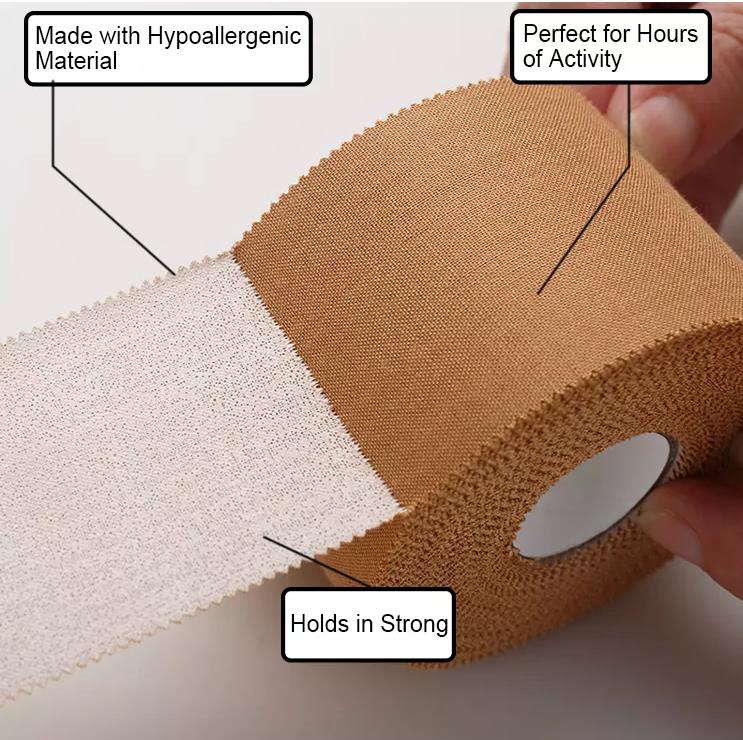
Kinesiology tape is a popular choice for managing muscle pain and promoting recovery. It is made from elastic cotton fabric and features a wave-like adhesive pattern that allows for better flexibility and movement. Kinesiology tape mimics the thickness and weight of human skin, making it comfortable to wear for extended periods. It is often used to alleviate discomfort in muscles, tendons, and ligaments.
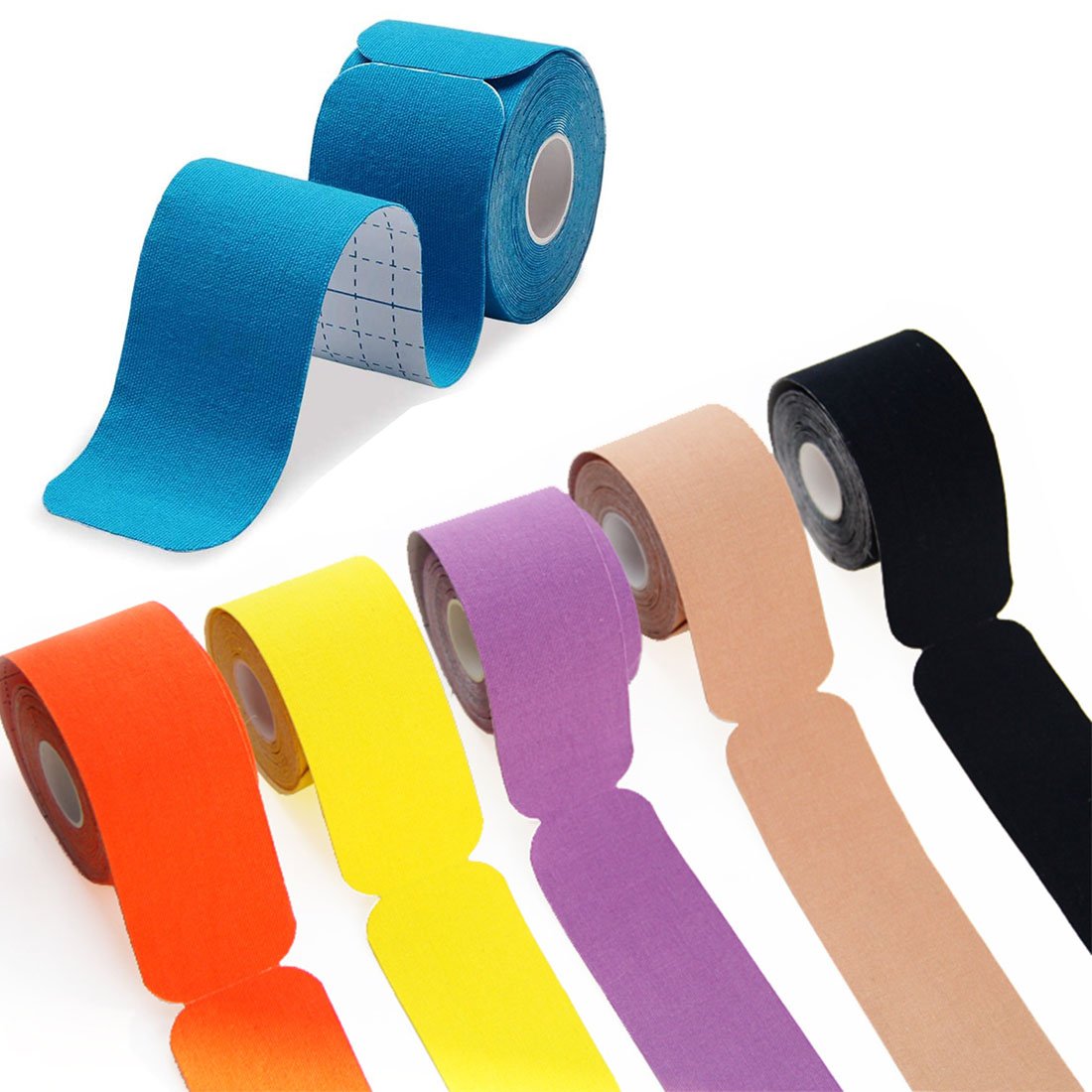
Elastic tape, also known as stretch tape, is highly flexible and provides moderate support to muscles and joints. It is made from a stretchable fabric material that allows for a wide range of motion while still offering stability. Elastic tape is commonly used in sports activities where flexibility is essential, such as gymnastics or dance. It can help reduce muscle fatigue and prevent overuse injuries.
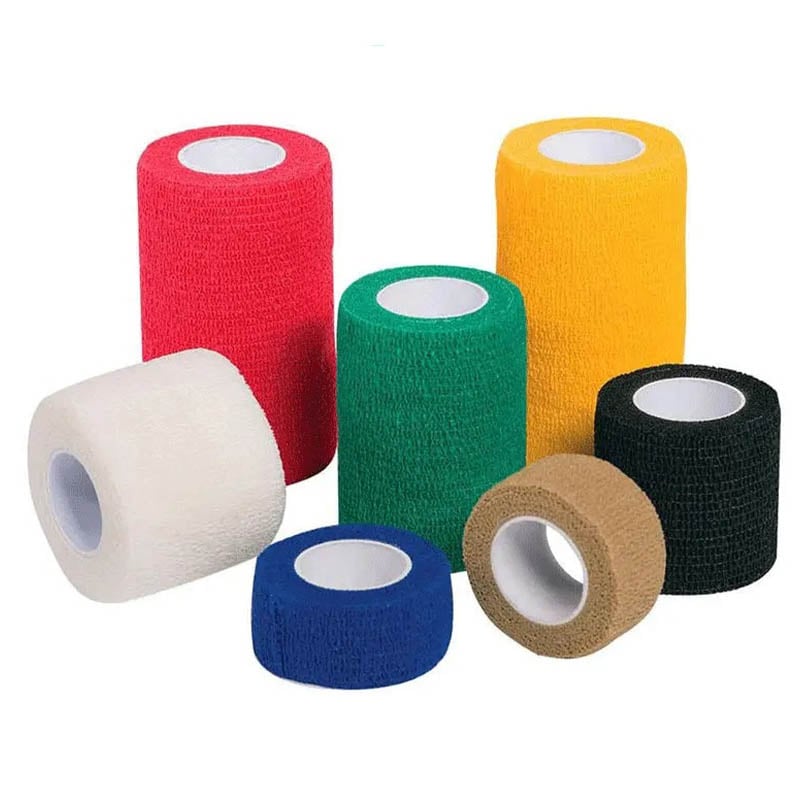
Cohesive bandage, also called self-adherent tape, is a versatile option that adheres to itself without the need for additional fasteners or adhesives. It is easy to tear and apply, making it suitable for quick and temporary support during physical activities. Cohesive bandages are often used for compression, joint stabilization, and securing dressings.
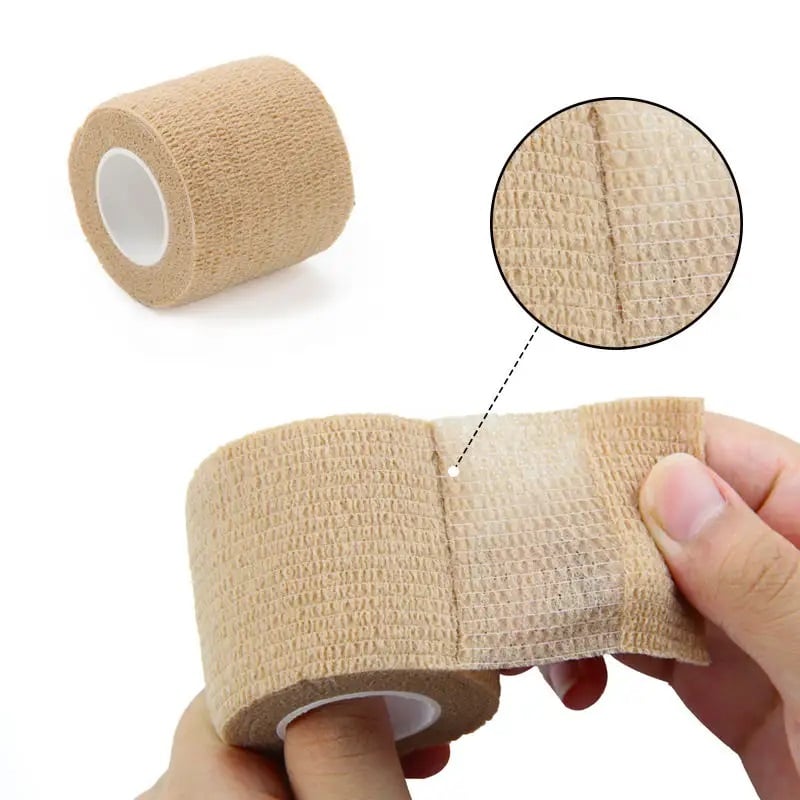
Zinc oxide tape is a rigid and non-stretchable tape that provides strong support to injured or weak muscles and joints. It has excellent adhesive properties and can withstand high levels of stress. Zinc oxide tape is commonly used in sports that involve high impact or require maximum stability, such as weightlifting or rugby.
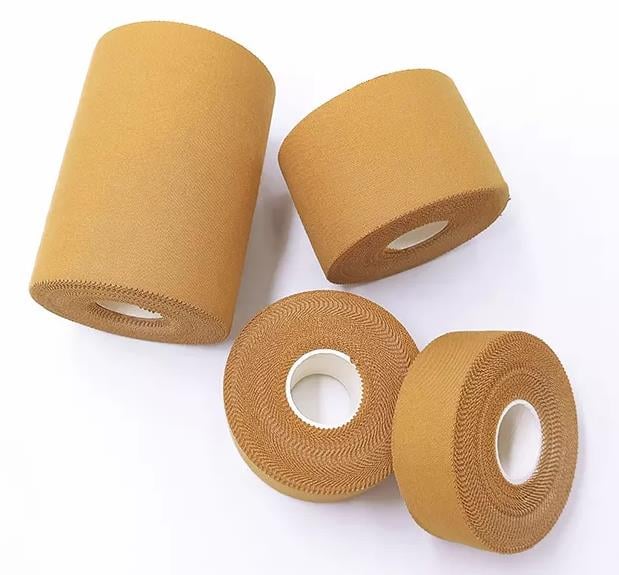
Therapeutic tapes offer several benefits when used as part of a comprehensive muscle pain management strategy. Some of the advantages include:
Therapeutic tapes can help alleviate muscle pain by reducing pressure on sensitive areas, providing support, and improving blood circulation. The tapes create a gentle lifting effect on the skin, which may stimulate the release of endorphins, the body's natural pain-relieving hormones.
By applying therapeutic tapes to specific muscles or joints, individuals can experience increased stability and improved alignment. The tapes provide external support, helping to reduce excessive movement, protect injured areas, and promote proper biomechanics.
The lifting effect created by therapeutic tapes can enhance blood flow and lymphatic drainage. Improved circulation can facilitate the delivery of oxygen and nutrients to the affected muscles, as well as aid in the removal of metabolic waste products, leading to faster recovery.
Therapeutic tapes are not limited to injury management but can also be used to optimize athletic performance. By providing support and reducing muscle fatigue, the tapes may improve muscle activation and movement efficiency, ultimately leading to enhanced performance during physical activities.

To maximize the benefits of therapeutic tapes, proper application is essential. Follow these steps for effective tape application:
Ensure the skin is clean, dry, and free from oils, lotions, or any other substances that may affect adhesion. Shave any hairy areas if necessary.
Measure the desired length of tape needed for the targeted muscle or joint. Cut the tape with rounded edges to prevent premature peeling.
Gently stretch the tape to the desired tension, usually around 10-15% stretch. Avoid overstretching, as it may cause discomfort or restrict movement.
After applying the tape, rub it gently to activate the adhesive and ensure proper adhesion to the skin. Smooth out any wrinkles or air bubbles for a secure fit.
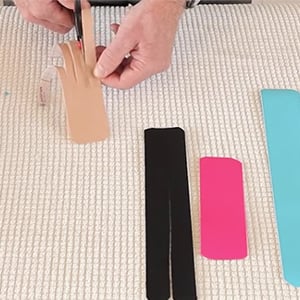
While therapeutic tapes can be beneficial, it's important to consider the following precautions:
Do not apply tapes to open wounds, broken skin, or areas with skin allergies or irritations.
If you experience excessive discomfort, skin irritation, or any adverse reactions, remove the tape immediately.
It is recommended to seek guidance from a healthcare professional or a certified athletic trainer for proper tape application techniques.
Yes, therapeutic tapes can be used by individuals of various ages and fitness levels. However, it is advisable to consult with a healthcare professional to determine if they are suitable for your specific condition.
The duration of tape wear depends on the individual and the specific purpose. Some tapes can be worn for several days, while others may require more frequent application. Follow the instructions provided by the manufacturer or seek guidance from a healthcare professional.
Certain types of therapeutic tapes are water-resistant and can be worn during water activities. However, prolonged exposure to water may affect the adhesive properties of the tape. It is recommended to consult the product instructions or a healthcare professional for specific guidelines.
Therapeutic tapes are generally safe to use, but some individuals may experience mild skin irritation or allergic reactions. If you notice any discomfort or adverse effects, discontinue use and consult a healthcare professional.
Therapeutic tapes can complement other treatment modalities, such as physical therapy or medication. It is essential to consult with a healthcare professional to ensure the appropriate integration of therapeutic tapes into your overall treatment plan.
Therapeutic tapes, including kinesiology tape, athletic tape, elastic tape, cohesive bandages, and zinc oxide tape, offer a versatile and effective approach to managing muscle pain. These tapes provide support, pain relief, improved circulation, and enhanced athletic performance. Proper application techniques and precautions should be followed to maximize the benefits and minimize any potential risks. If you're experiencing muscle pain or seeking ways to optimize your performance, consider incorporating therapeutic tapes into your recovery or training regimen.
Kunshan Yuhuan is a leading professional tape manufacturer with 18 years of production experience in China. Their professional research team can produce compliant products that meet various testing regulations.
Yuhuan uses quality materials in their manufacturing process to ensure the durability and longevity of their therapeutic tapes. This ensures optimal performance even in harsh environmental conditions, making it suitable for both indoor and outdoor applications.
By choosing Kunshan Yuhuan, you can be sure you are working with a reputable manufacturer, contact us today for all your physical therapy tape needs.
Website:www.yhtape.com Email:lulu@yhtape.com WhatsAPP:+86 159 6260 3054